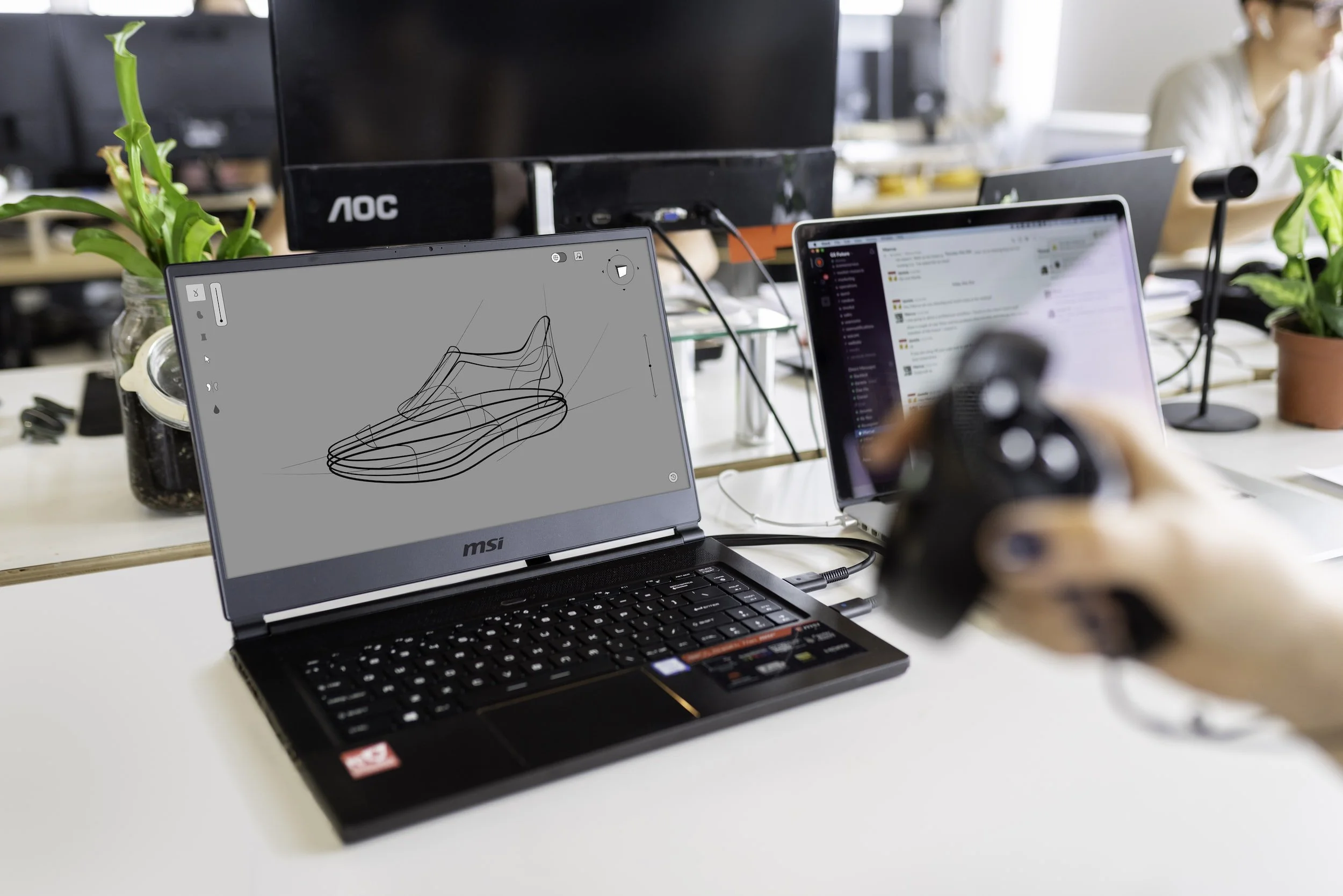BLOG #0004
DESIGNING WITH THE FUTURE IN MIND
You’ve just thought of the perfect product to reinvent the wheel. You’ve spent days envisioning the most beautiful design and how it works perfectly when implemented. The only issue is, you have no idea how to get it out of your mind and into the world where it is meant to be. This is where having the right gameplan can really determine whether your reinvented wheel rolls out of your mind and onto the road or stays stuck in your head.
Jot it Down!
Taking an idea from concept to reality can be a daunting task but one of the best first steps to get that concept into the physical is to simply write it down. Whether that is notes on paper or a word doc, drawing on a notepad or creating a 3D model, capturing what the idea is allows you to look back at what was in your head and iterate on it over time. Creating visual examples of your idea (no matter how bad your drawing is) is also important as it allows you to visualize what you are thinking and keep your enthusiasm alive!
Can it Float?
Next you need to understand and document what your product can and can’t do. Can it float on water? What about roll at seventy-five miles per hour? Can it work in a volcano? What about the Antarctic? While these examples are a little extreme, defining constraints and requirements are crucial to making what you actually want to make. Designing a product that works well in high temperature environments is totally different than designing something for extreme cold. Additionally, trying to design the product so that it operates in both spaces effectively may make it too expensive to build or not buildable at all. If you really want to create a product that does both, it may be in your best interest to develop two separate products; one for hot climates and one for cold to keep the probability of achievement high. The point is, you need to figure out what environments your products will be working in and how you will design your product to withstand them.
Will It Roll?
Finally, brainstorming what your product is made from and how it will be fabricated is paramount to seeing your design through to completion. All materials have different properties such as stiffness, weight, conductivity just to name a few. Reviewing the requirements you defined for the product will make choosing the right material easier. Furthermore, taking time to understand the different processes for manufacturing will allow you to refine your material choice. For instance, metal parts can be machined, but can’t be cast, 3D printed, or molded into shape. Each of these fabrication processes take a different amount of time, material amount, and may require different tools to aid in the manufacturing process. Although choosing materials may seem like a tall task, you can find plenty of information on different materials and their properties from sites like Xometry and from other fabrication experts to help with your decision.
Let’s get to Work!
Creating the next big thing is exciting work, but very rarely do ideas come to fruition without solid planning and discipline. Taking these recommendations into account when starting your next design can definitely help you set up a solid foundation so that your design goes from concept to reality. Or if you want help from a team that has a proven track record of designing with the future in mind, why not give UNSPACE a call and see how we can help!




